History of the Air Force of Yugoslavia. Part of 2. April War (1941)
The ally of the powers of the Yugoslav axis remained only two days: on March 27, the people and officers took to the streets - the power was transferred to the minor King Peter II. The events in Yugoslavia forced Hitler to postpone the attack on the Soviet Union. In frustration, the Führer ordered Goering to order: "Belgrade to be razed to the ground." The order was received with enthusiasm. Previously, many German officers expressed dissatisfaction with Hitler’s attitude towards Yugoslavia as a sort of prima donna, and now they have the opportunity to get even on accounts left over from the First World War. Serbia will suffer terribly during World War II, but for the bright pages in its stories peoples always pay dearly ...
Already 1 on April 1941, one German Bf-110 fighter invaded the airspace of Yugoslavia and was forced to land by the Yugoslav Hurricane, the aircraft was repainted and transferred to the Yugoslav Air Force, but after the first combat departure it was broken during landing.
From a qualitative point of view, German and Yugoslav aviation were approximately equal, but numerically German aviation (together with the aircraft of the Allied countries) was six times superior to Yugoslav (Germany had 1412 military aircraft, Italy - 702 and Hungary - 287). The suddenness of the attack and the accompanying panic led to the fact that more aircraft were destroyed in the first two days of the war on earth. However, despite such a significant numerical superiority, the Yugoslav pilots managed to show themselves worthy in battle ...
The German invasion of Yugoslavia began at dawn on April 6 with bombing by planes of the VIIIth air corps (VIII. Fliegerkorps), based in Bulgaria, and the 4th air fleethoused in Austria, Hungary and Romania. The south-west of Yugoslavia and the Adriatic coast were subjected to combined attacks by the Xth Air Corps (X. Fliegerkorps) and the 2nd and 4th Air Brigade (2a et 4a Squadra Aerea) of the Royal Italian Air Force from the bases of the air command "Albania" (Commando Aeronautica Albania) . On this "bloody" Sunday, Belgrade and airfields were attacked by four waves of bombers of 100 vehicles each. Colonel General Löhr, commander of the 4th Air Fleet, played the important role that Hitler assigned to German forces in his Directive No. 25 (punishment of the Yugoslav government).
BBKJ on 6 on April 1941 included 440 airplanes, including 140 fighter jets, of which 100 were modern (Bf.109E (55), Hurricane Mk.I (46), IR-3 (7), Potez XNXX) (63).
The Luftwaffe prepared a massive raid on Belgrade, which was to follow an hour after the initial raids of the VIII th air corps. 74 Ju 87, 160 He 111 and Do 17Z, who accompanied Bf 110 and 100 Bf 109 E., took part in the raid.
Belgrade covered the 32-I aviation group, consisting of three squadrons with 27 fighters Bf-109E, based on the airfield Prniavor. At the aerodrome Zemun, the 51-th air group of the 6 th Fighter Regiment, also consisting of three squadrons, was located, however, only one of them - 102-th, which flew from April 5 from Mostar, was armed with 10 Bf-109E, then in other squadrons there were only 6 domestic fighter aircraft IK-3 and two French aircraft Potez 630.

In total, the regiment had 43 modern fighters, their characteristics equivalent to German aircraft. The only drawback was the training of Serbian pilots exclusively for fighting in pairs in the absence of preparation for fighting in large groups, in addition, the effectiveness of the action of the Yugoslav fighters was reduced due to problems with the fuel. The Yugoslav pilots were not taken by surprise: all the aircraft of the fighter group covering Belgrade immediately took off from the airfield located not far from Zemun.
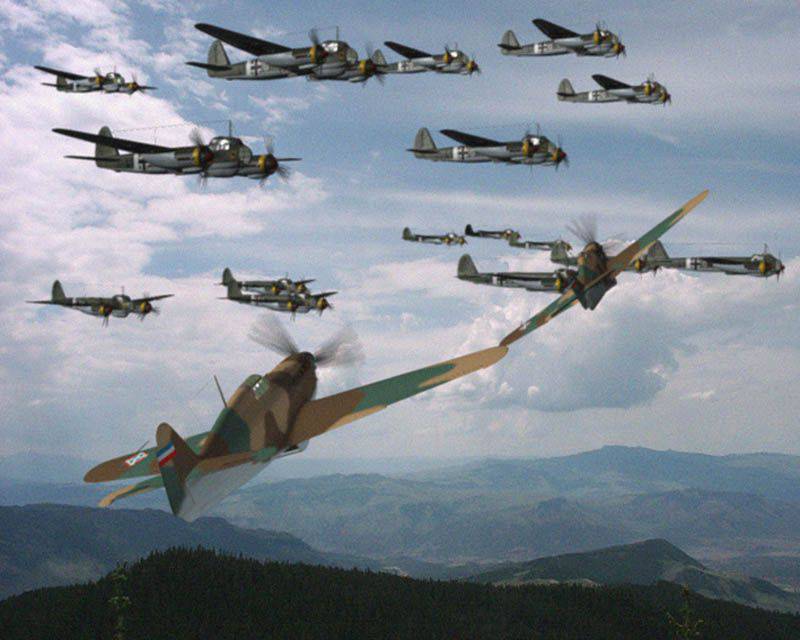
Despite the fact that one Rogozharsky IR-3 fighter had to turn back due to the engine overheating during takeoff, the remaining five cars attacked the first enemy aircraft. IR 3 was attacked by bombers, but Bf 109E came to the rescue, and a series of fierce battles began. German fighters attacked IK-3 fighters, which had characteristic silhouettes, while the Serbian Messerschmitts, due to their similarity with the Germans, were able to bring confusion into the ranks of the enemy and break through to the bombers. The Yugoslav pilots claimed five victories, but one IR-3 was shot down and three more vehicles, which were seriously damaged, crashed during an emergency landing. One pilot was killed, two more were injured. The commander of the 102 Squadron of the 6 Fighter Regiment, piloted by Bf-109E, also died. He managed to shoot down a German bomber, but then he himself was shot down by a German escort fighter. The pilot managed to jump with a parachute, but was shot by the Germans in the air.
The squadron commander captain Savo Poyanich shot down a bomber (He 111 or Do 17) and a Bf 109E fighter. When he ran out of ammunition, his IR-3 was severely damaged by Emil that had come to the tail. At that moment, a whole staff of German fighters attacked the plane of Poyanych. The Yugoslav pilot imitated engine damage to his IR-3, and went into a tailspin, but when trying to land his plane was shot at by low-flying Bf 110; the car was seriously damaged, and the pilot himself was wounded in the shoulder. During the reflection of this raid, Sergeant Milislav Semich shot down Ju 87.
The Yugoslav 19 Bf-109E also took off from the Prnjav airfield, 8 remained in reserve. They intercepted the Germans over East Srem and managed to shoot down several bombers, but because of the strong fighter cover they could not prevent the bombing. There were no dead pilots in this air group, several airplanes were damaged, the pilots got injured.
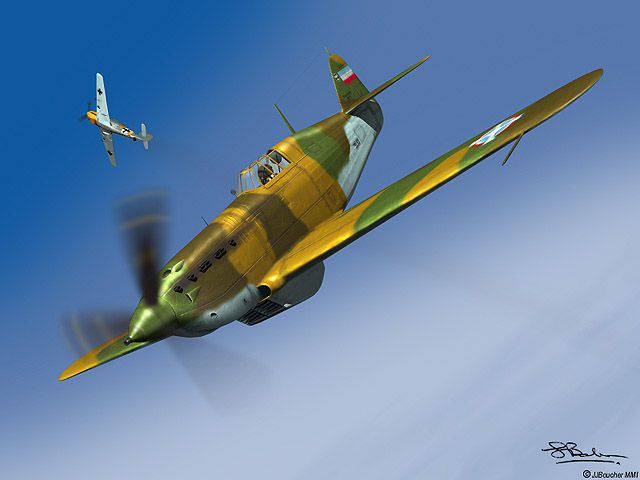
Total: in the first battle, the Yugoslav Air Force lost 3 aircraft shot down and 12 damaged (of all types). In turn, the Germans declared nine victories: 2 Bf 109, 5 "Hurricane" and fighter "Dewoitine" (almost certainly one of the IR-3).
The following three German attacks on Belgrade separated only the clock. The second attack occurred between the 10 and 11 watches (57 Ju 87 and 30 Bf 109), the third in the 14 hours (94 twin-engine bomber and 60 fighters) and the fourth in the 16 hours (90 Ju 87 and 60 fighters).
Trying to prevent these attacks, the Yugoslavs used 13-16 fighters in every battle. The Yugoslav pilots made their way through the German formations to accomplish the impossible and shoot down enemy bombers, their bravery and audacity hit the Germans, who considered the enemy "suicide".
Until the end of the day, 6 of April fighter regiment planes defending Belgrade made all 140 sorties. According to the rules of that time, it was assumed that the aircraft could make 1-2 departures per day, while some planes of the 6 regiment flew to the 8-10 mission once and the pilots 4-5 once. During this day, the regiment lost 13 pilots, 6 of whom died and seven were injured, 23 aircraft, including 8 shot down and 15 damaged. In addition, Captain Zhivitsa Mitrovich died from the 2 Fighter Regiment, which violated the order and flew from his patrol zone near Kraguevts to defend Belgrade and accepted an unequal battle with the enemy. In this battle, he and his wingman, who escaped with a parachute, were shot down.
The Germans lost the twin-engine bomber Do 17 Z, 5 twin-engine fighters Bf 110, some of whom were declared by the Yugoslavs as shot down twin-engine bombers, of which 4 were shot down (three crew members died), and the fifth car was lost, crashing to the ground during landing. The sixth Bf 110 made an emergency landing, and the seventh was damaged. 4 of the Ju 87 sniper. The 2 fighter was also lost: Bf 109 E-4 / B and Bf 109 E-7. For their part, in the battles over Belgrade, Luftwaffe pilots claimed nineteen Me 109 and four more fighters of unknown type.
In total, on the first day of the war, Belgrade was attacked by 484 bombers and "pieces", dropping a total of 360 tons of bombs. The victims of the April war were more than four thousand Belgrade residents. Most of them died on the first day, more than half of the bodies remained under the rubble and were not found. After 58 years, the Germans will again bomb Belgrade, however, already in company with other vultures ...
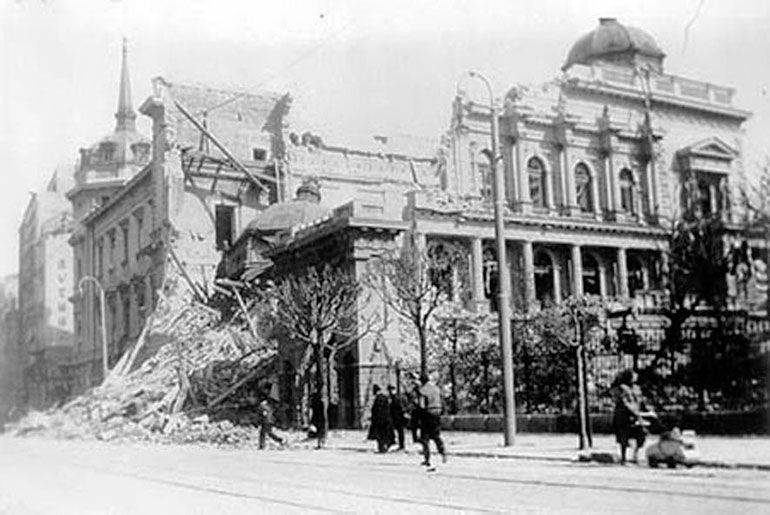
On the second day of the war, the Yugoslavs had just the entire 22 fighter, but they continued fighting with great skill and organization. Four group interceptions were conducted, the battles in the first half of the day were lossless. However, when a significant group of German dive bombers appeared with fighter cover, 16 fighters were thrown at the interception. In the 30 kilometers from Belgrade, the Germans were attacked. The battle began with a successful group attack of Yugoslav fighters, but then broke up into a series of duels with varying success. The 8 of the Yugoslav aircraft was lost, the pilot's 4 died.
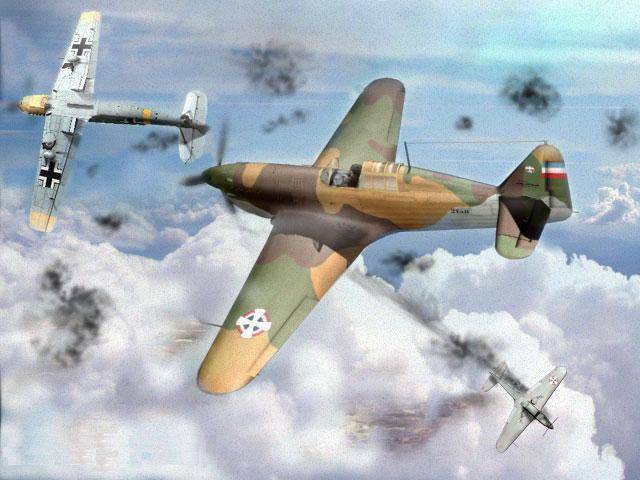
Since the German intelligence officers discovered the airfield of the 32 group, in the evening of April 7 several 6 aircraft of the regiment were relocated to the alternate airfield, the rest flew in the morning of April 8.
The 14 of the remaining Bf-109E (one was repaired on April 7) The 8 of April was reinforced by five Hurricanes from the 4 th Fighter Regiment from Banja Luka, but there was no point in this reinforcement since April 11, when the attacks on Belgrade resumed, The 6 th regiment was not informed about this at all due to the complete collapse of the communications and aerial surveillance system. At the end of the day on April 11, the Yugoslav High Command decided to cease Belgrade’s air defense and destroy the bridges.
On April 11, the Yugoslav Bf-109E participated in repelling an attempt by German heavy fighters at the Veliki Radnitsa airfield to attack, during which they shot down two German fighters Bf-110, and the Rogozharsky fighters IR-3 2 diving bomber Ju 87 On that day, Junior Lieutenant Milisav Semich on a fighter jet IK-3 attacked and shot down Bf 110 D. One Yugoslav Bf-109E, which belonged to the flight school, was shot down by 12 on April during aerial reconnaissance in the Mostar area.
Since, due to bad weather, Yugoslav fighters were unable to fly under Sarajevo, in the morning of April 12 the crews set fire to their remaining aircraft (11 Bf-109E, 5 Hurricanes and 3 IR-3), as the Germans separated 15 kilometers from the Germans.
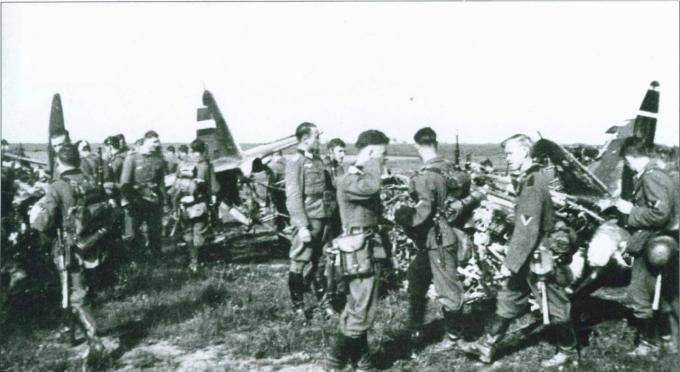
Other Yugoslav pilots were also active. Fighters Harrikkane Mk.1 and Ikarus IK-2 operated in Bosnia and in the Zagreb region as fighters and attack aircraft until 13 in April, when the last vehicles were burned by the pilots themselves as they approached the airfields.
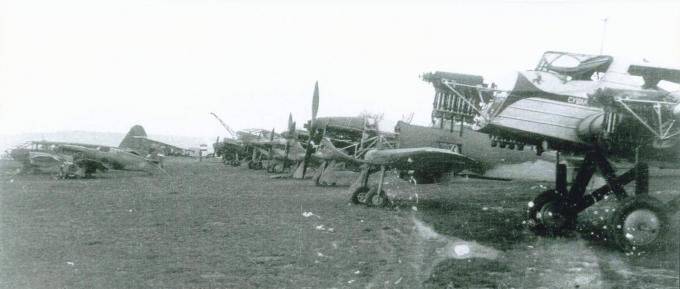
The 9 April patrol of Yugoslav fighter jets IR-2 spotted a group of some of the German Bf.27E 109. A pair of IR-2 was landing at that time, one of the fighters landed at a gas station, and the other turned around and joined the battle. The lone pilot on the IR 2 was surrounded by the 9 Messerschmitt. The pilot, using all his skill and maneuverability of his plane, withstood all the attacks and managed to land safely at the airfield. 8 Hurricanes Mk was raised to the sky. II and 5 IR-2, which joined the battle. After 10 minutes, the German fighters retreated in the direction of Austria, leaving the Messerschmitt 2 shot down on the battlefield, and several others were badly damaged. On the Yugoslav side, 1 IR-2 and 2 Hurricane were shot down.
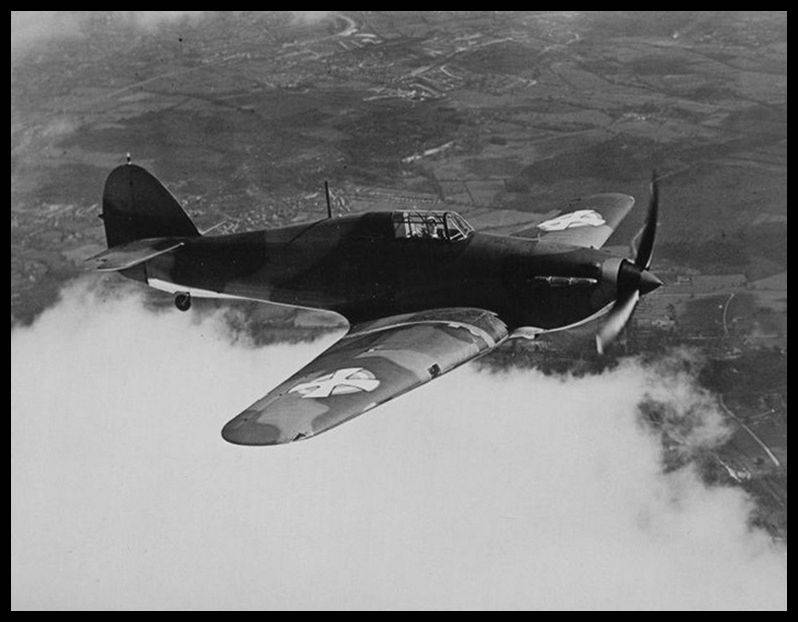
6 April during the air battle near Kumanovo (Macedonia), where the outdated Yugoslav biplanes fighter Hauker "Fury" 5 Aviation Regiment was based, the Yugoslav pilots made an 3 air raid simultaneously. Konstantin Yermakov, Tanasich and Voislav Popovich, the son of Russian white émigrés, rammed their opponents. And after Yermakov had run out of ammunition, he rammed Bf-110.
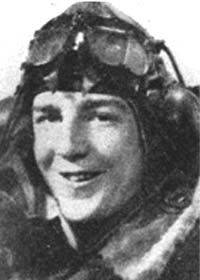
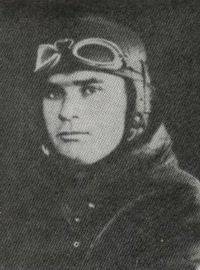
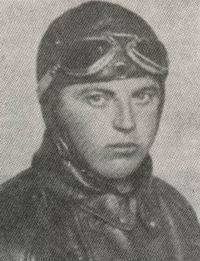
In total, the Yugoslavs claim 5 victories in that battle: three Bf109E and two Bf110. According to German data, the losses of Bf.109 amounted to one aircraft, four more crashed during landings at the airfields, but the degree of combat damage is unknown. Two Bf110 were also lost (and the crews died). The Yugoslav authorities found the site of the fall of a single "110" and in its fragments was found the corpse of a Bulgarian officer, who apparently served as a conductor. The Yugoslavs themselves lost 11 machines (shot down in the air or written off after forced landings).
The lack of fighters forced even such old cars as Avia BH.33 to fly into the air: two old biplanes even tried to engage in battle with the Messerschmitt group. The result, of course, was predetermined - both aircraft were shot down, the pilots died.
The Yugoslav bombers Do17K, despite the fact that part of the aircraft was destroyed at the airfield, attacked German columns, airfields in Bulgaria, even making a raid on Sofia. Crews of three aircraft attempted to fly to the USSR. One of them crashed in Romania, one surrendered in Hungary and one landed in occupied Mostar. 15 April 7 aircraft attempted to ensure the evacuation of King Peter II and the government. Over Greece, these planes were attacked by the Italians, two surviving bomber joined the British Air Force in Africa.
Own losses of the Yugoslav Dornier Do.17K were:
- 2 shot down in the air;
- 4 damaged in the air;
- 44 destroyed on the ground;
- 1 destroyed by the crew;
- 1 is heavily damaged during takeoff;
- 7 tried to fly to Greece;
- 2 tried to fly to the USSR;
- 1 mistakenly sat in the territory occupied by the enemy;
- 2 missing.
Many of the three Blenheim squadrons of the Air Force of Yugoslavia on the first day of the war destroyed the Luftwaffe aircraft in the parking areas.
The surviving bombed German columns, moving from the Bulgarian border, and even attacked industrial sites in Austria and Hungary. At the same time, they suffered extremely high losses in the air and on the ground. So the 8 day of May 1941, the Yugoslav Blenheims, along with two (or three) Hawker “Hind” light biplane bombers, 3 copies of which were purchased in 1936 for testing, were sent to bomb German troops south of Kumanov. According to foreign sources, the group was intercepted by German fighters and during the battle all biplanes-bombers were shot down. Several "Blenheims" rapidly advancing units of the Wehrmacht seized on the ground.
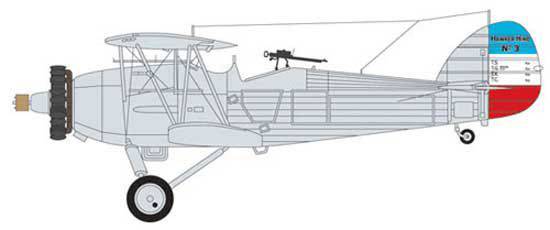
The Yugoslav bombers SM.79K made several sorties against the German and Italian troops, having achieved some success, but by the end of the campaign almost all of them were destroyed (partly by their own crews). Several SM.79K managed to evacuate to Greece. In addition, one aircraft flew over to the USSR, as recalled by our illustrious ace Alexander Ivanovich Pokryshkin, and in July-August 1941, again participated in combat operations against the Germans in the area of Odessa.
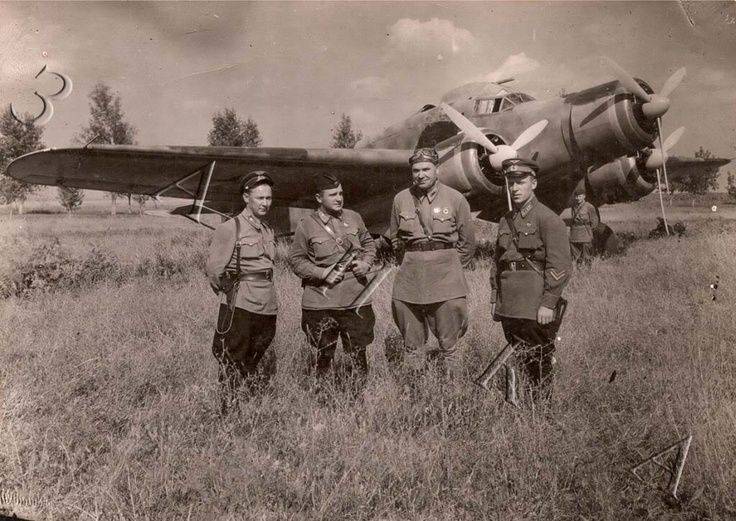
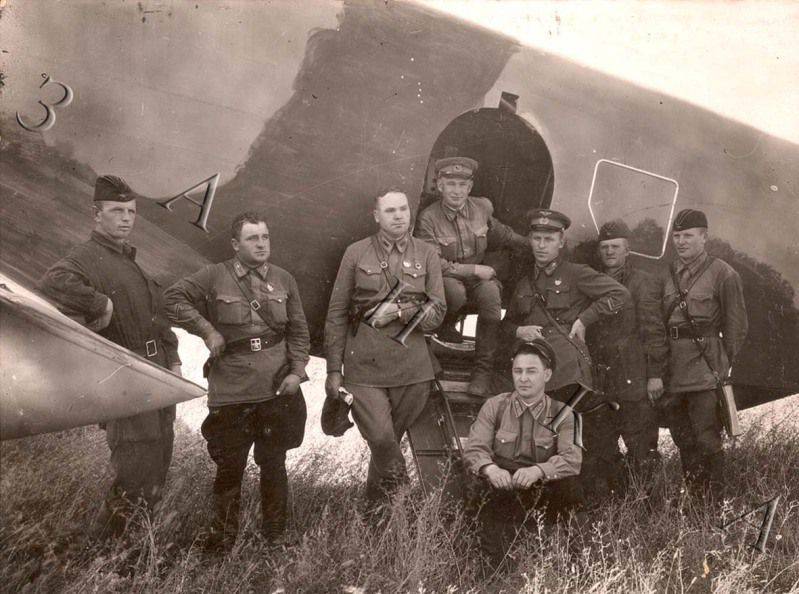
In the very first raids on Yugoslav airfields, about three dozen outdated Breguet Br.XIX light bombers were destroyed. Airplanes that managed to take off, began to strike at the advancing enemy forces. They bombed and shelled roads, bridges and railway stations. So, they attacked the bridge over the Drava and bombed columns of German troops. Flying during the day and without cover, low-speed biplanes often became victims of Luftwaffe fighters. No matter how low the combat value of the outdated Breguet was, they still managed to destroy the strategically important bridge across the Vardar River, which helped to delay the German advance for a while.
The Dornier Do 22 Kj Yugoslavian sea torpedo bombers made reconnaissance along the Adriatic coast, covered mine landings. During the Do 22 attack, an Italian tanker was damaged near Bari. After the defeat of Do 22Kj for the most part flew to about. Corfu, then in Egypt and were incorporated into the British Royal Air Force. They carried out reconnaissance and conducted anti-submarine patrols.
The anti-aircraft gunners also selflessly fought, but the forces were unequal, Yugoslavia disintegrated, and their weapons went to the aggressor as trophies.
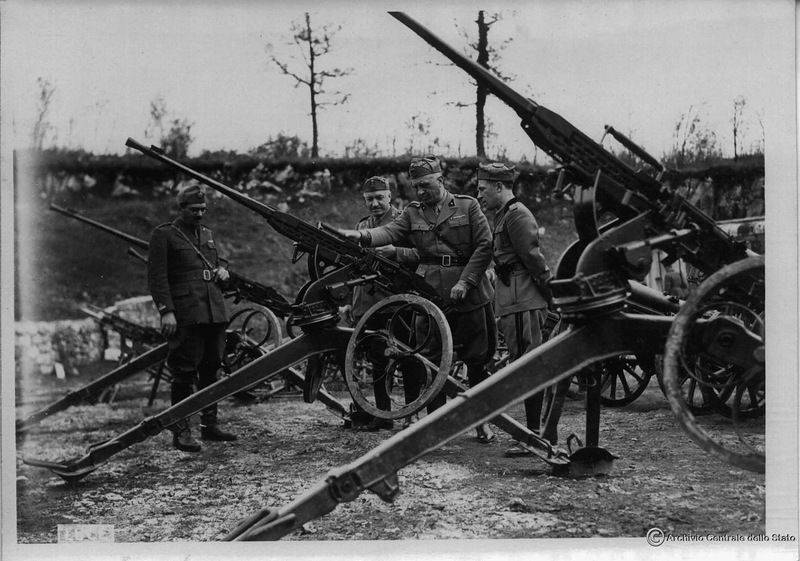
Thus, the Yugoslav pilots during the April War, even in the conditions of betrayal, cowardice and indecision of command, the collapse of the front and the enemy’s tremendous numerical superiority, did everything in their power and even more to defend their homeland, fighting to the last, including and the German technique against the Germans.
Total for the period from April 6 15 1941 on, about 1400 sorties, shot down enemy planes 105 was performed (for about 60 injured), including the pilots shot down Bf -109E: 7 German Bf -109 E, 2 Bf-110, 4 Ju-87, X-NUMX, X-NUMX, X-NUMX X-NUMX, X-NUMX X-NUMX, X-NUMX X-NUMX, X-NUMX X-NUMX, X-NUMX 1, as well as Italian Cant Z-88 bis, the type of four more enemy aircraft downed is not installed. Another 1 German aircraft were heavily damaged: 111 Bf-2, 17 Bf-2, 126 Ju-1007, 14 Ju-3, 109 Do-2 and He-110. In turn, 3 Yugoslavian Bf-87 were lost in aerial combat, 1 received heavy damage, 88 destroyed at airfields, 1 aircraft was destroyed by their crews during the retreat. But their own losses amounted to almost half of the fleet (mainly on the ground), 17 pilots and more 111 military personnel BBKJ. Almost 15 Yugoslav pilots and other crew members flew to Greece, the Middle East and the USSR on their aircraft. Eight Do 109 and one SIM-15 from the naval aviation flew over to Egypt and fought for a year under the British command, flying with Yugoslav identifying marks. They acted against the German submarines. Four bomber SM.4 and one Do-21 flew to the British, and one SM.138 - in the USSR. Loyal to the king, the Yugoslavs even reached the United States - 570 pilots in the 250 of the American Air Army on B-22J (temporarily marked with BBKJ identification marks) bombed Germany until the end of the war. About 14 pilots fought on the "Spitfire" and "Baltimore" as part of the British Air Force. Already in 79, partisan aviation was born in Yugoslavia itself using captured aircraft.
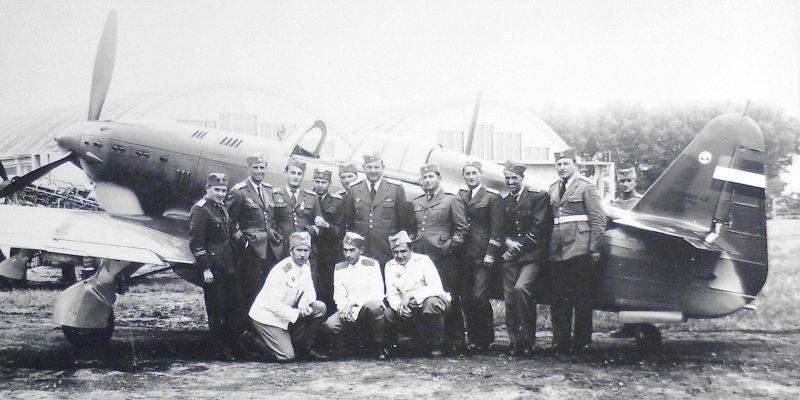
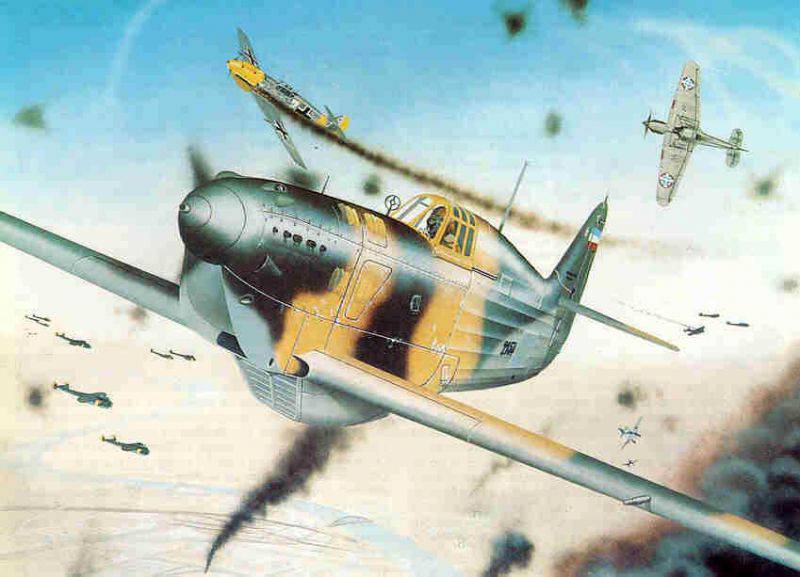
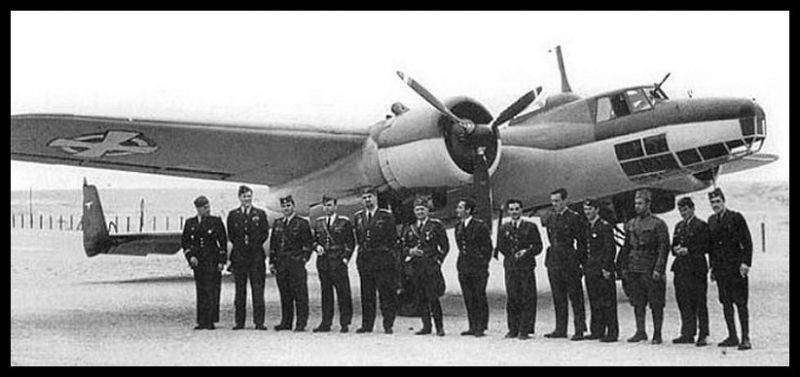
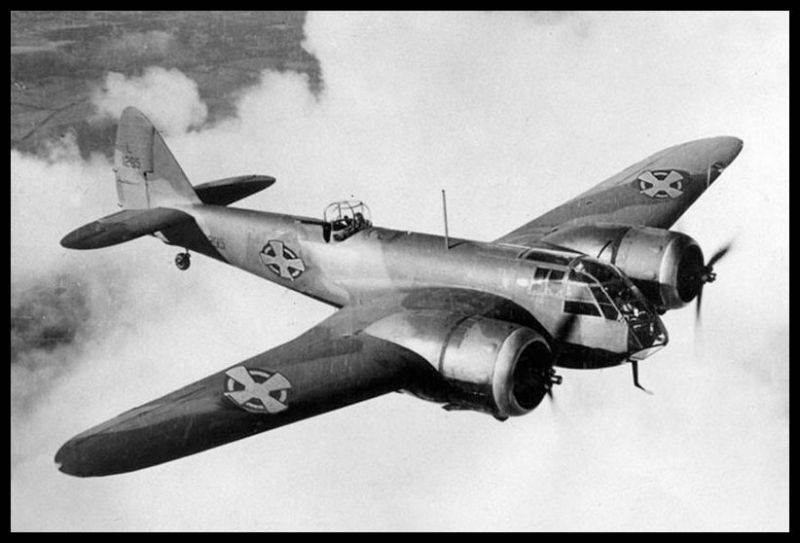
Information